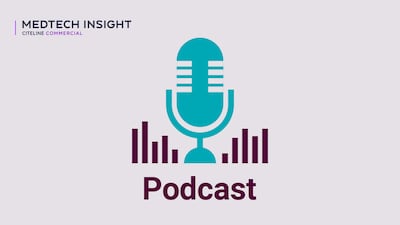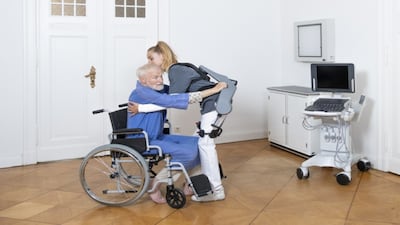Device companies are placing their bets on neurostimulation as the next major growth area in devices over the next ten years. This emerging field promises to disrupt the status quo in the device industry, which until recently has generally been based on mechanical solutions to disease—by replacing the function of an organ that pumps, for example, with a mechanical pump. Neurostimulation brings to device companies a new biological mindset, one focused on the treatment of chronic diseases by influencing specific neural pathways in the body. That's an important distinction. The fact that neurostimulation gets device companies into chronic diseases, rather than the acute markets that they typically serve, is an important driver of investment and future growth in the industry.
According to "US Markets for Neurostimulation Products," a report published in November 2006 by the Medtech Insight division of Windhover Information Inc., neurostimulation devices have the potential to address several...
Read the full article – start your free trial today!
Join thousands of industry professionals who rely on Medtech Insight for daily insights
- Start your 7-day free trial
- Explore trusted news, analysis, and insights
- Access comprehensive global coverage
- Enjoy instant access – no credit card required
Already a subscriber?







